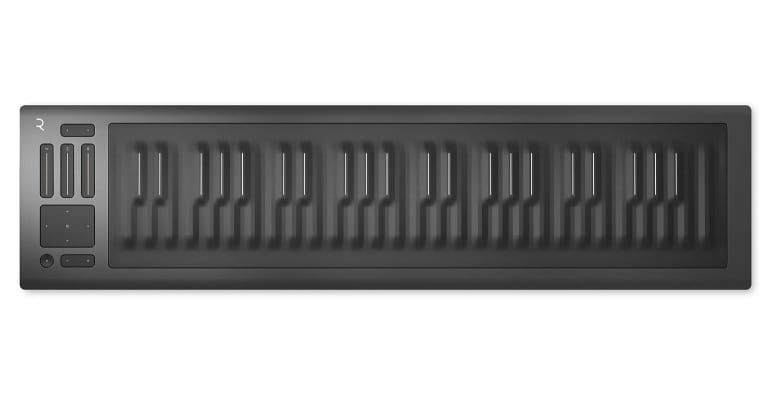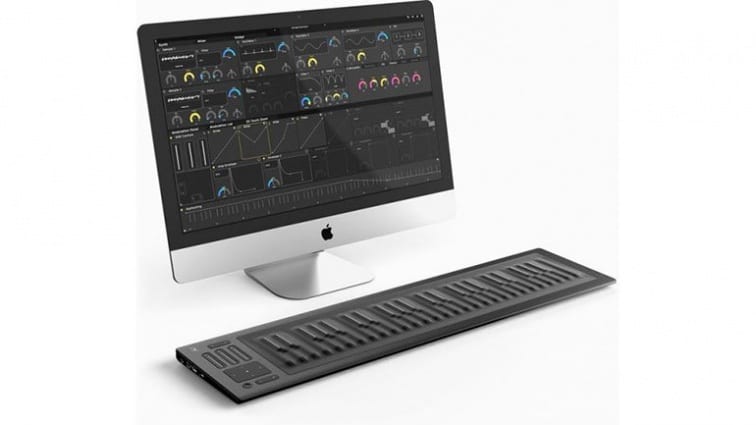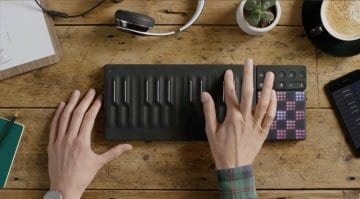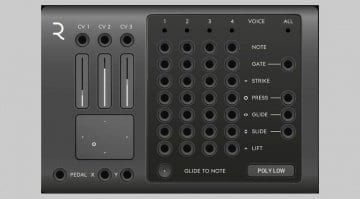ROLI release Seaboard RISE 49, a 5 dimensional controller
ROLI have made quite a splash with their Seaboard controllers. We’ve been stuck with the same old MIDI control for decades and it seems all attempts to create a more creative MIDI 2.0 spec never seem to get anywhere useful. However, when the first Seaboard controller was released it felt like something had changed and all it really needed was the right product and the right software support. The RISE 49 is the third version of the Seaboard controller since the Grand and the RISE 25 that came before it. They employ an expansion to the usual MIDI spec called Multidimensional Polyphony Expression (MPE) which offers more dimensions of musical control in terms of pitch bend, timbre and pressure. Initially these appear to be like regular pitch bend and aftertouch but it’s only when you realise that this is implemented per note that it starts to get really interesting.
The look of the RISE 49, as with the others, is really striking; the dark, spongy looking material gives an impression of a slightly melted musical keyboard. They call this pliable and pressure sensitive surface “keywaves” and it enables you to shape the sound as you play. Normally when you strike a key the velocity is set by the force of that strike but on a keywave you can push forwards and backwards to vary velocity as it plays. You can slide left and right to change the pitch, creating Theromin type melodies and drifting chords microtonally. And you can push into the keywaves to generate pressure which can be mapped to pretty much any parameter. Finally you have “lift”, which is when you release the key – the speed with which you remove your fingers has another mappable impact.
What’s essential to the success of the Seaboard controllers is software support. If used with a DAW that doesn’t support MPE, you can only use the regular MIDI data that’s being created. Each RISE comes with its own software synth called Equator which is designed to give you access to all the performance possibilities. Support for MPE editing in DAWs is starting to emerge with Bitwig Studio being well ahead of the curve with full support since version 1.3 – an 8-track version is also included with each RISE.
Do we have the right product and the right software support in the form of RISE 49 and Bitwig Studio? It’s certainly going to be interesting to see how this develops. Priced at 1199 USD it should be available in February.
More information: http://www.roli.com










